October is defined in Webster’s Dictionary as “31 days of horror.” Don’t bother looking it up; it’s true. Most people take that to mean highlighting one horror movie a day, but here at FSR, we’ve taken that up a spooky notch or nine by celebrating each day with a top ten list. This article about the best classic horror movies is part of our ongoing series 31 Days of Horror Lists.
Blame it on bad English teachers or dull episodes of Masterpiece Theater, but somewhere along the way the world generally decided that “the classics” were boring. Some folks even go so far as to say they hate the classics, which, frankly, I don’t find entirely surprising, even from horror fans. Classic horror movies don’t have the same flashy editing and gory deaths you come to expect from your favorite ’80s slasher, so you write them off as being slow and stuffy, and you refocus your attention on your conspiracy theories about the Man in Black in Halloween 5.
But the differences between classic and modern horror movies are exactly why you should get excited about these older titles. Just consider all of the ways these movies managed to scare their audiences for decades. Their horror had to be more cerebral, more suggestive, focusing on a deep sense of unease that is supported by the heavily stylized design elements that the filmmakers used in order to bring their ghouls and ghosts to life. These movies couldn’t rely on the scare tactics that modern horror can, so they got clever and found inventive ways to burrow themselves deep under your skin.
Instead of giving you a “Beginners Guide” to the must-see classics you probably already know about, this selection of pre-1970s horror movies chosen by Anna Swanson, Brad Gullickson, Chris Coffel, Kieran Fisher, Meg Shields, Rob Hunter, Valerie Ettenhofer, and me exemplify just how subversive and daring classic horror has always been. Put on your reading glasses, and let’s learn a thing or two about the best classic horror movies for folks who think they won’t like the classics.
10. Bride of Frankenstein (1935)
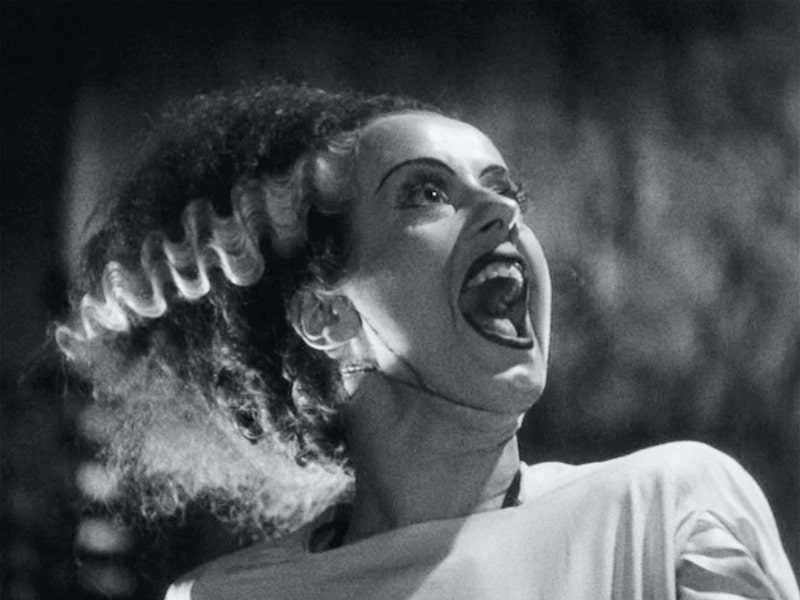
The weirder and sadder follow up to James Whale’s classic 1931 Frankenstein does what every sequel should: it surpasses the original. Where the first film acted as a straightforward reimagining of Mary Shelley’s novel, Bride of Frankenstein adds in pulpy gothic elements to make a more macabre and subversive story than what modern audiences may be expecting, like Mephistophelian mad scientist Dr. Pretorius (Ernest Thesiger) and his tiny “experiments” that are a clear inspiration for Charles Band’s Puppet Master series. The monster (Boris Karloff), while still sympathetic, also feels significantly more violent, racking up a body count by yeeting villagers off of watermills in the first ten minutes alone. The titular Bride (Elsa Lancaster) is best remembered for her iconic makeup and shock of hair, but it’s Lancaster’s striking physicality and muted screams that give the character an uneasy quality that still remains effective today and helps make the intensely cerebral finale feel modern in its bleakness.
The post-modern queer readings on the film also subvert the idea of what these classic monster movies can represent. James Whale was openly gay, and many have interpreted conscious and subconscious queer themes throughout the film, namely in the Monster’s relationship with the blind hermit and in the camp sensibility of Dr. Pretorious. Whale took Shelley’s ideas of “gods and monsters” and improved on them in such a way that his story is now inextricably bound to the original novel. As Shelley (also played by Lancaster) says in the prologue, “The audience needs something a little stronger than a love story.” Whale absolutely agreed. (Jacob Trussell)
9. Cat People (1942)
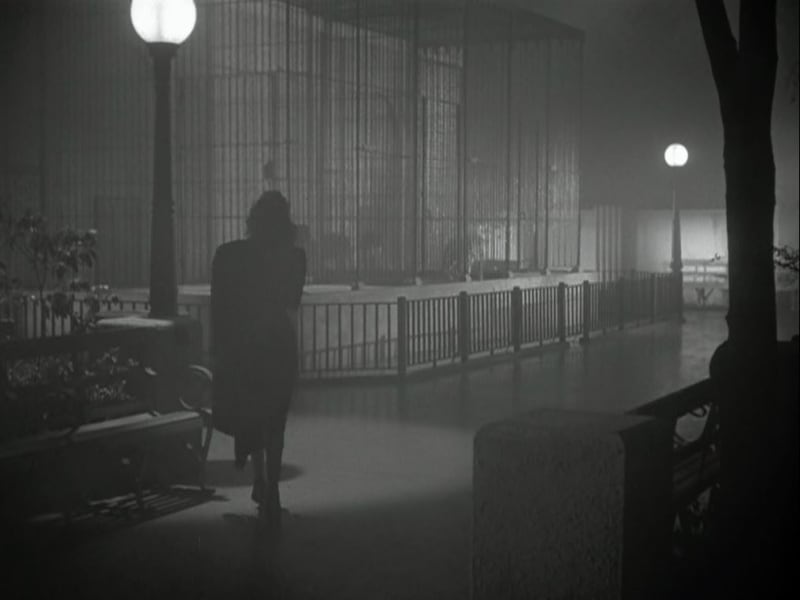
Every relationship has its struggles, whether it’s communication, jealousy, or one party being stricken with the fear that they’ll be compelled by ancient Serbian witchcraft to maul the other should they consummate their marriage. Y’know, the usual things. Jacques Tourneur’s most well-known film is also one of the most richly original and well-crafted examples of classic horror. With beautiful, shadowy cinematography and a firm grasp of how to expertly create tension, Cat People is a must-see for genre fans and cinephiles alike. (Anna Swanson)
8. House on Haunted Hill (1959)
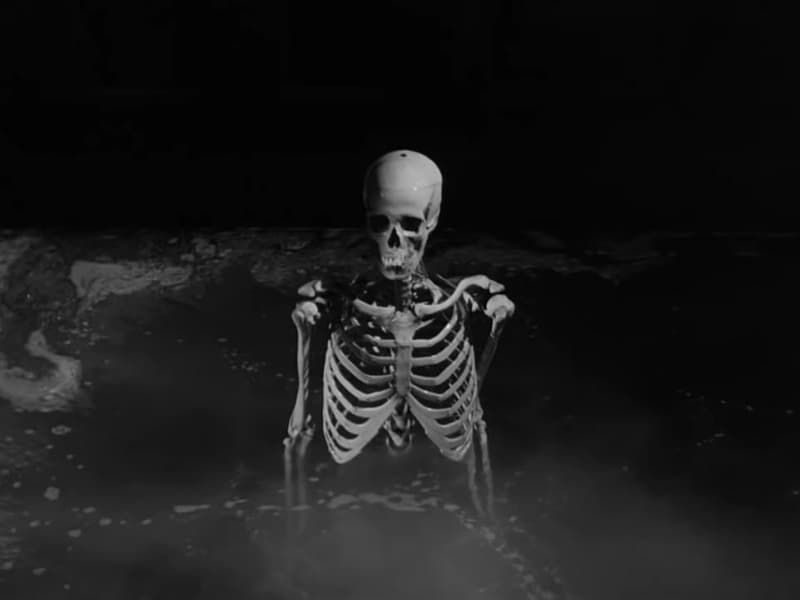
So you’re not a fan of classic horror, eh? Maybe the black-and-white doesn’t do it for you? Please, allow me to introduce you to my snazzy friend Vincent. You’ll probably recognize his iconic voice and stylish ‘stache. Throughout his illustrious career, Vincent Price starred in countless horror classics, often working with some of the genre’s most important directors. Perhaps his most famous partnership was with William Castle, and in 1959 they came together for arguably their greatest achievement. Price plays an eccentric millionaire who rents a haunted mansion and invites five people to a party in which they will each receive $10,000 if they can last the entire night.
House on Haunted Hill isn’t a scary movie by any means, but it has all the elements that make the genre so beloved. There’s a spooky atmosphere filled with cheesy but fun B-grade haunted house effects, and Prince is having the time of his life hamming things up. It contains just the perfect balance of camp and creep, making it an excellent choice for a cool, dark October evening. And once you watch it you’ll want to seek out more Price and more Castle, and before you know it, you’ll be diving headfirst down a classic horror rabbit hole. (Chris Coffel)
7. Carnival of Souls (1962)
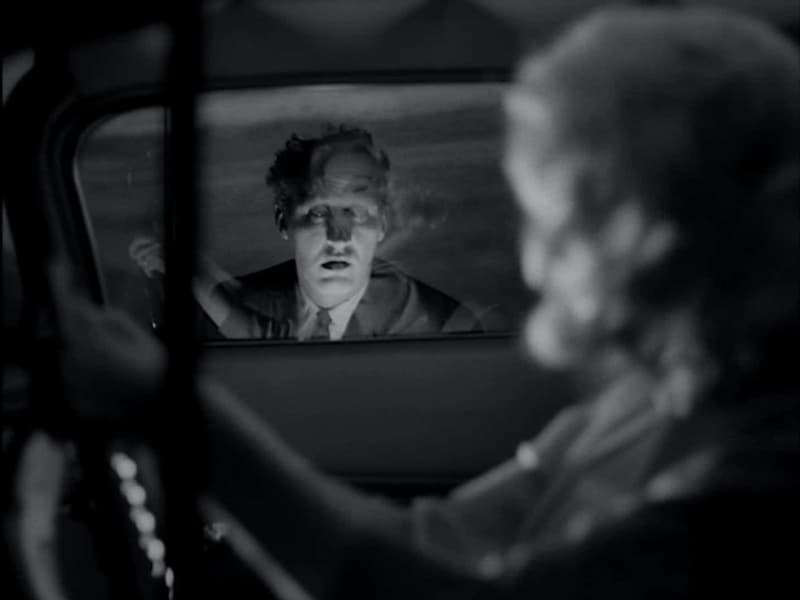
Nightmare logic, deep metaphors, double meanings, and twist endings are qualities we come to expect from our modern slate of popular horror films, but they wouldn’t have a leg to stand in if it wasn’t for the daddy of all “elevated” – and independent – frights: Carnival of Souls, which was devised and directed by regional Kansas filmmaker Herk Hervey. The quality that makes it such a classic is a deeply effective atmosphere that is so thick with tension you could cut it with a knife. Modern audiences may be able to predict the ending, but that’s only because you’ve unknowingly seen movies that Carnival of Souls inspired, from Silent Hill to The Sixth Sense.
The film was discounted for decades after its release because it was lost to the public domain, forcing it into the unwanted company of Z-grade entertainment when it should have been rubbing shoulders alongside the finest horror of the 1960s. Since the late 1980s however, Carnival of Souls has rightfully found its place in the pantheon of horror classics due to its powerful surrealist storytelling, eerie organ score, and haunting art direction. Carnival of Souls may not necessarily scare the hardened viewer, but it should move you by the clear imagination and talent behind the lens that created such an enduring piece of art. (Jacob Trussell)
6. The Night of the Hunter (1955)
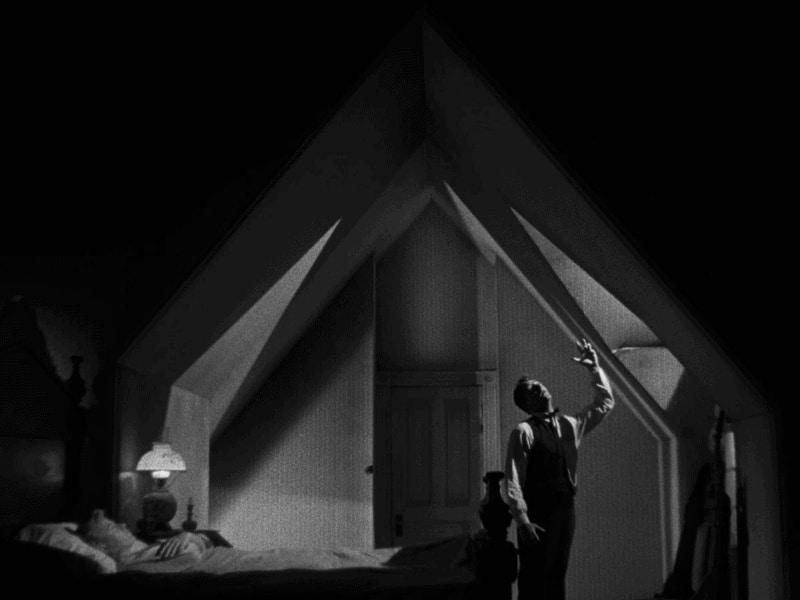
When Charles Laughton‘s The Night of the Hunter gets talked about, the focus is often how it was the actor’s single directorial effort. That’s true, and for a “one and done” filmography, it’s incredibly impressive. But just as stunning is its ongoing power to terrify and ratchet up the tension. Robert Mitchum plays a rare villainous role and goes all in creating an oppressively ominous threat for those in his way — and currently, those potential victims are a pair of young children. Harry Powell (Mitchum) is a “preacher” who uses people’s fear of God as a means to control them, and as he manipulates his way into one family’s lives, the suspense dials up with nerve-shredding accuracy. Laughton’s film is nearly seventy-years-old but it’s every bit as smartly aware when it comes to the human inventions that are religion and faith, and having children be the ones to see through the ruse first is the icing on its blackly cynical cake. (Rob Hunter)


0 comments:
Post a Comment